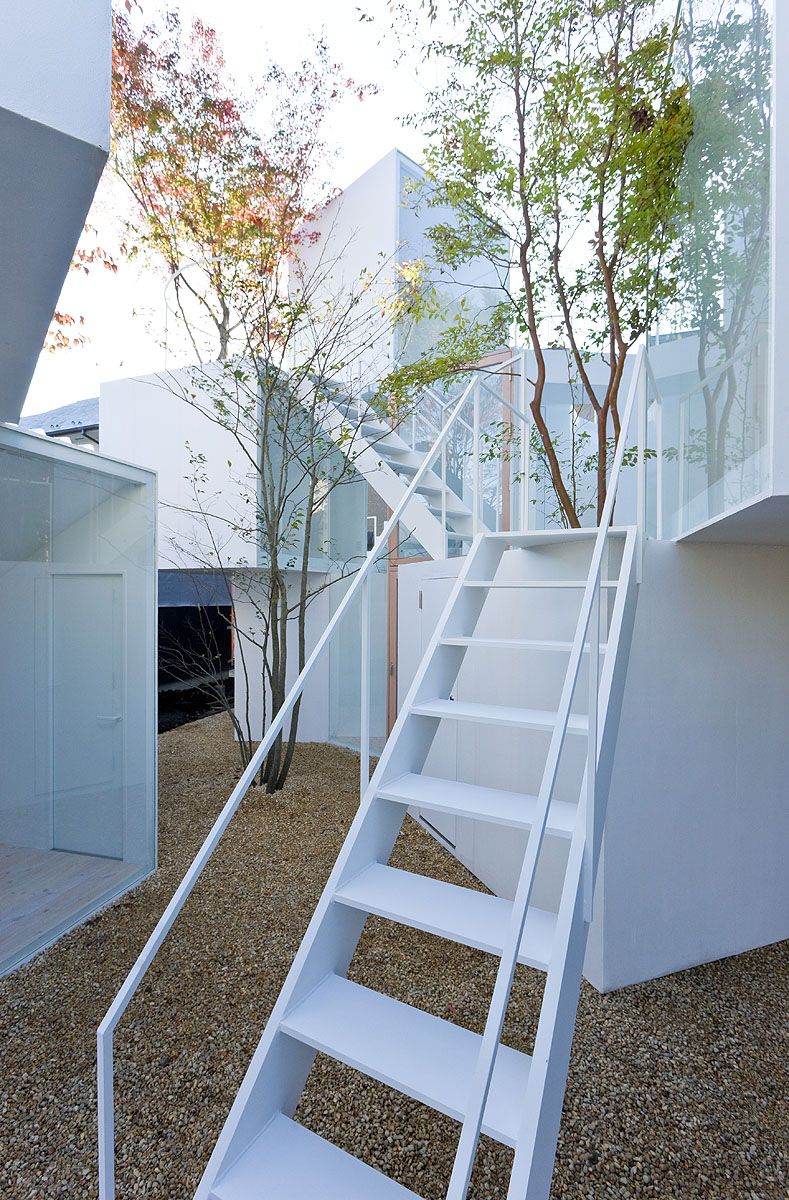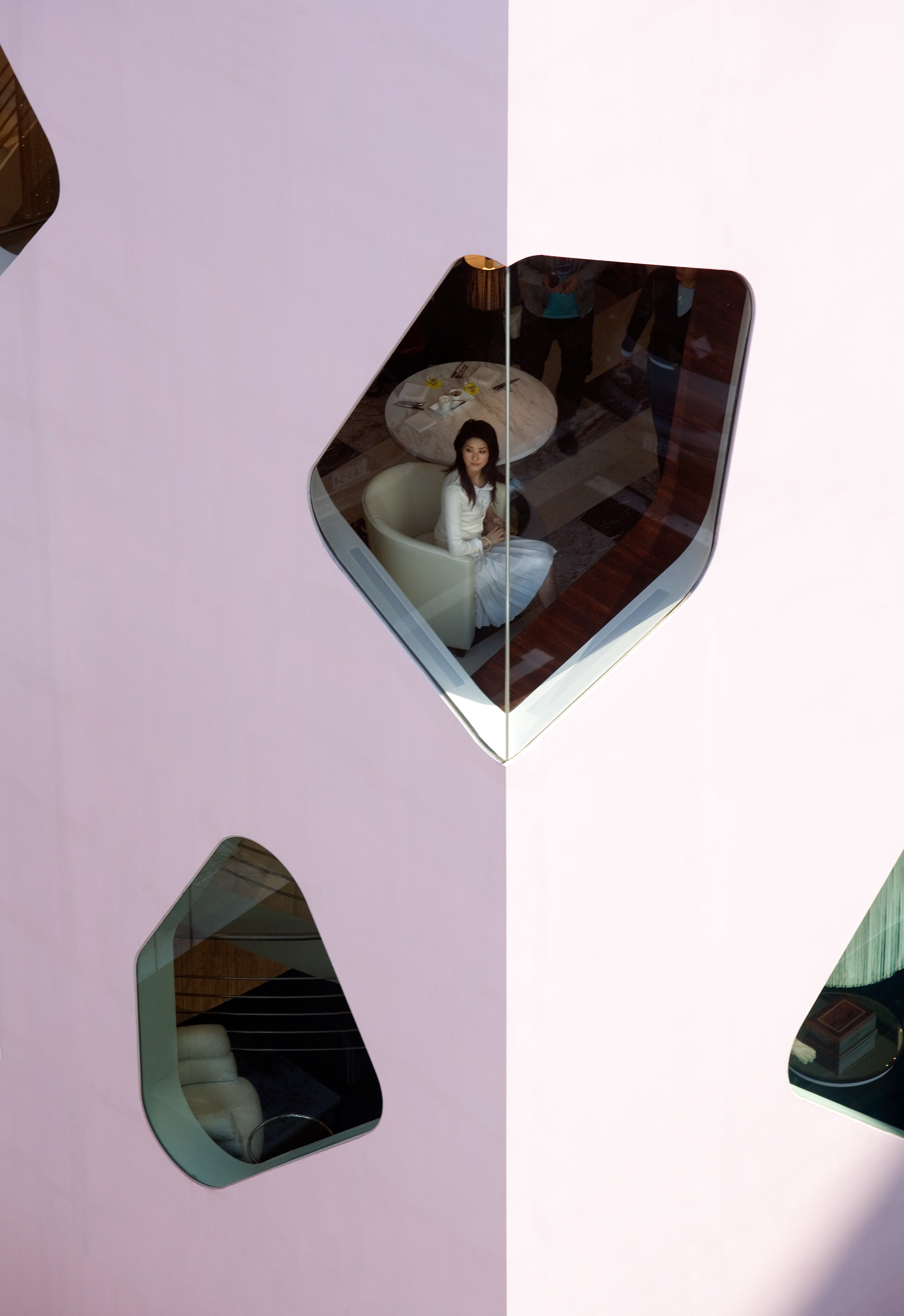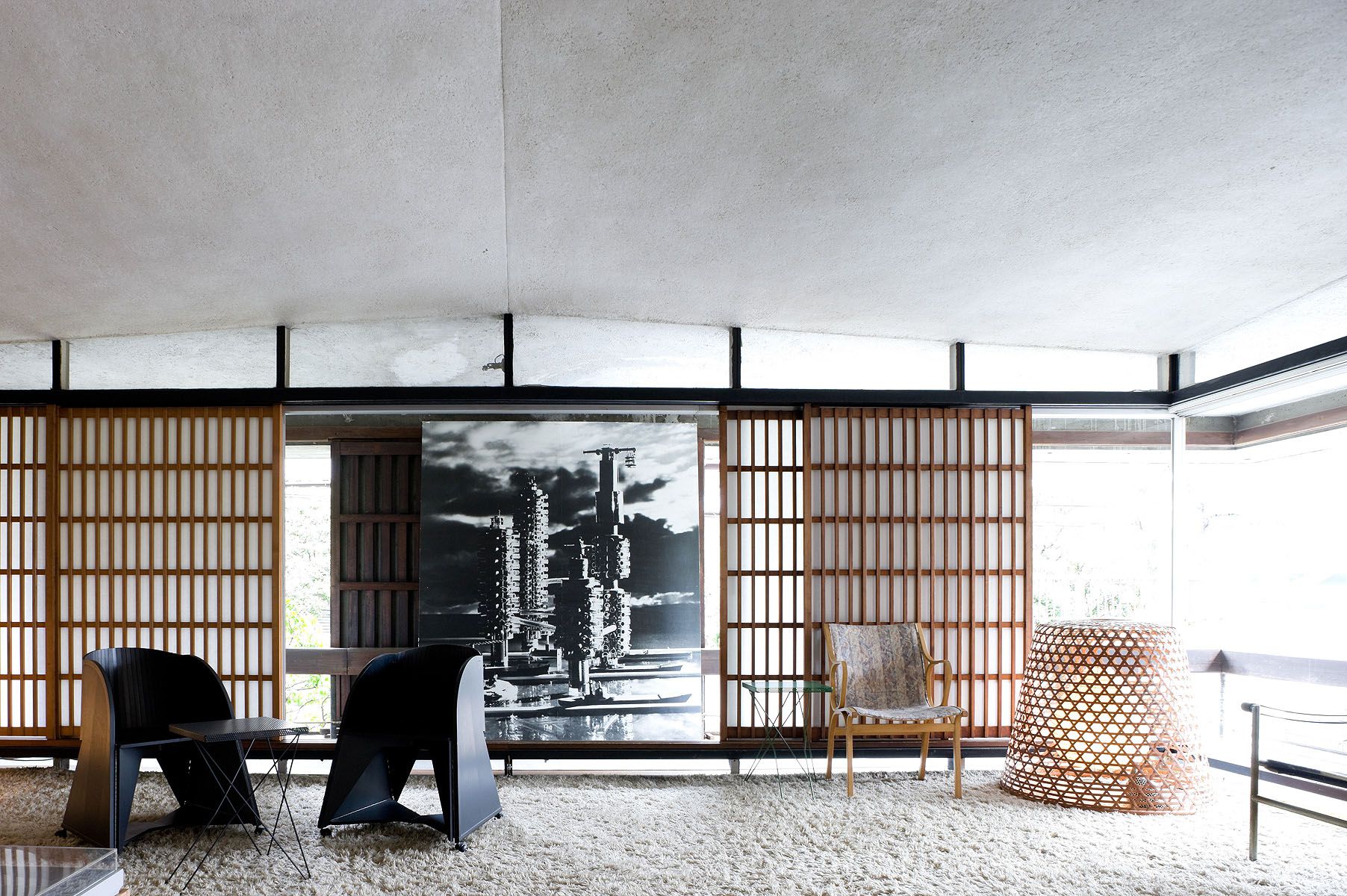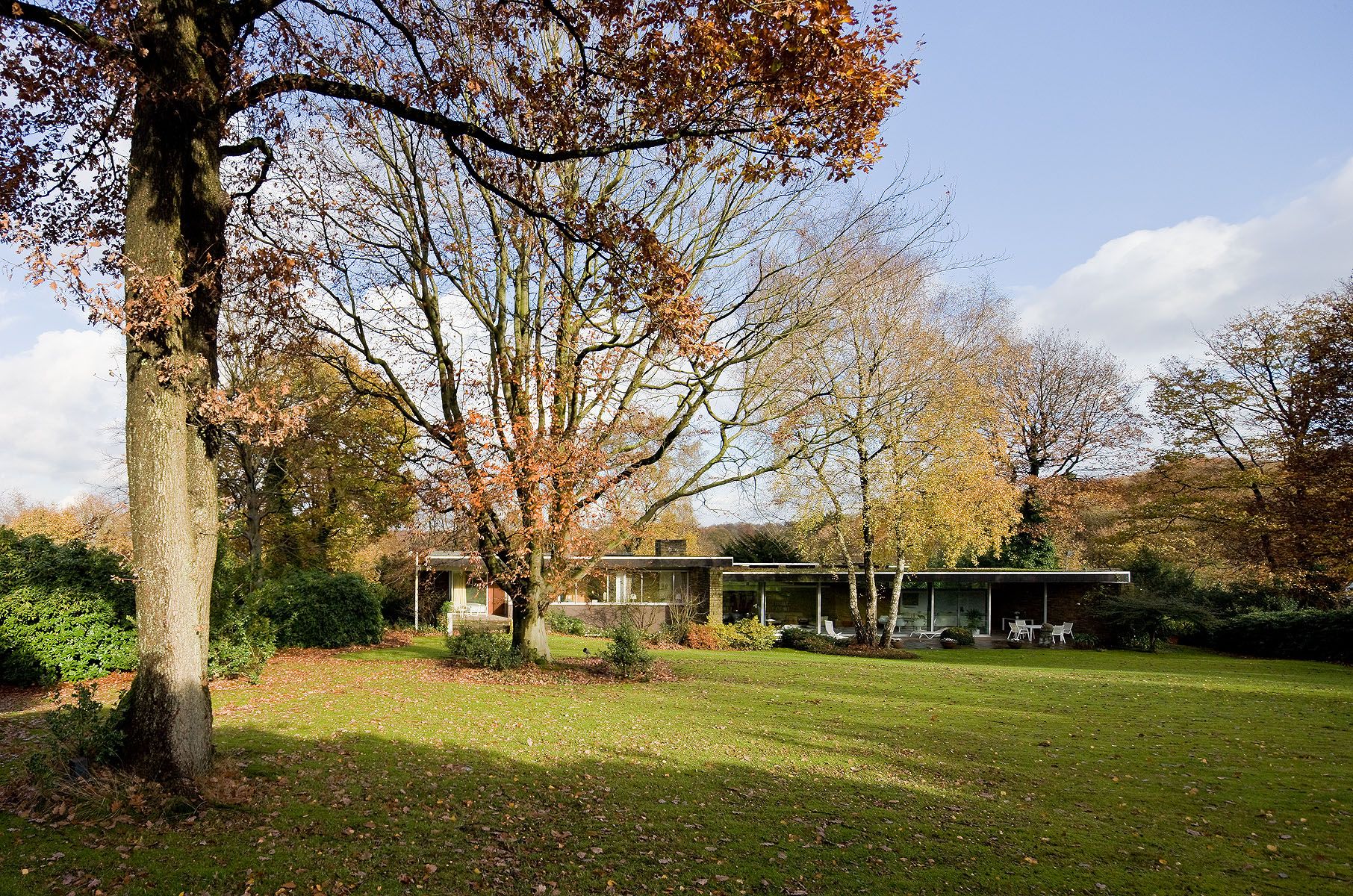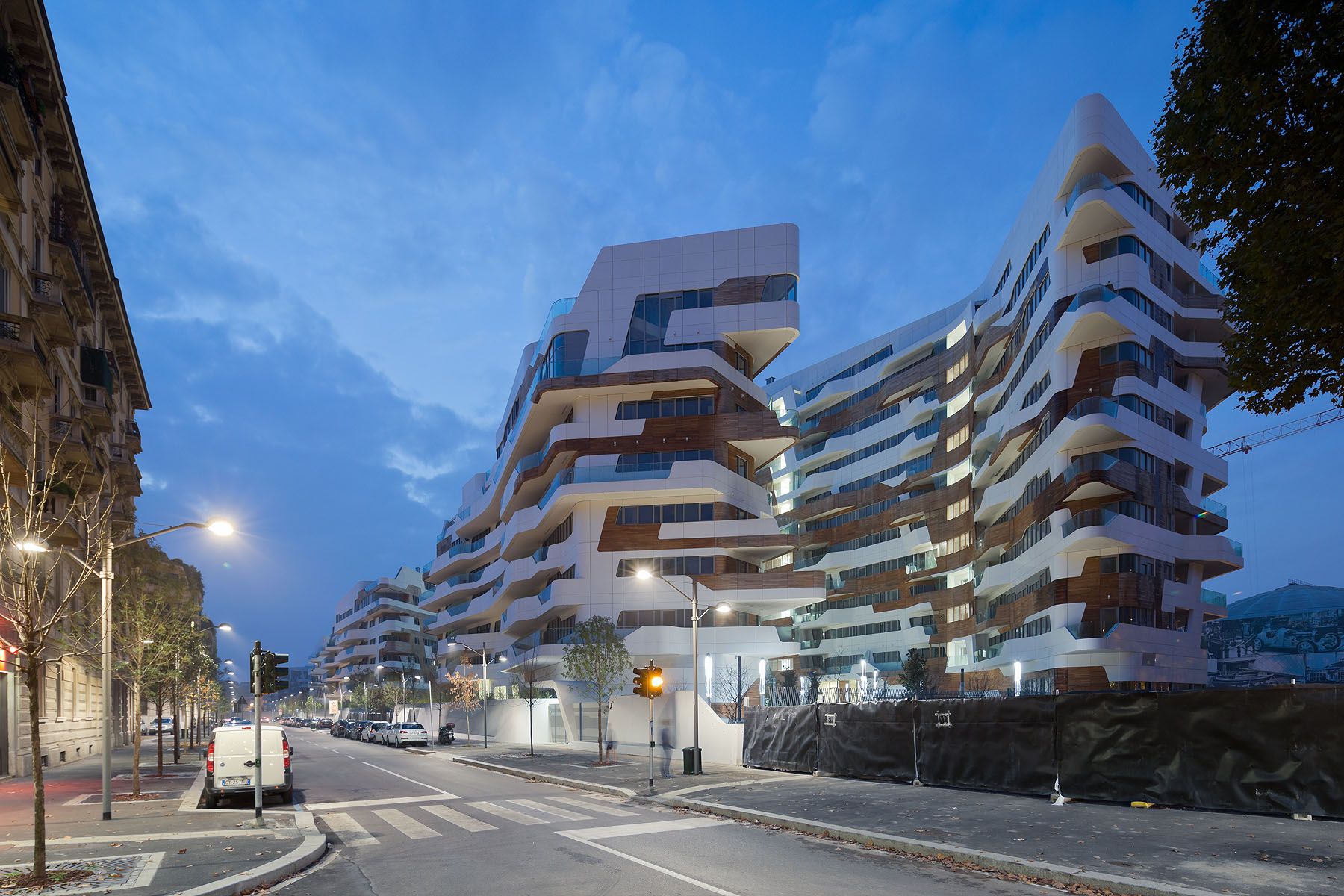Sky House, Tokyo – Kikutake
Japanese architect Kiyonori Kikutake’s Sky House (1958) remains an exemplary project that defines the Metabolist agenda but, more significantly, underscores the notion that a single-family dwelling can be ideologically recursive and strategic. Kikutake, however, was not without a somewhat unlikely precedent in the renowned Le Corbusier.
Both architects established an order and method of working via their smallest designs – Kikutake in Sky House and Le Corbusier at Villa Savoye (1929) – and developed their notions through written accounts (Kikutake’s Metabolist Manifesto, 1960 and Le Corbusier’s Purist Manifesto, predating the built work, in 1918). Finally, each scales up their ideas to the level of the urban through Kikutake’s Tower-Shaped Community Project (1959) and Le Corbusier’s Urbanisme at Chandigarh, India (1953). To locate the origin of the influence, it is necessary to first examine Le Corbusier’s position as the figurehead of Congrès International d’Architecture Moderne (CIAM).
Sky House – Tokyo
By Kikutake Architects
Published in Abitare 500 – March 2010 – The House that used to fly
